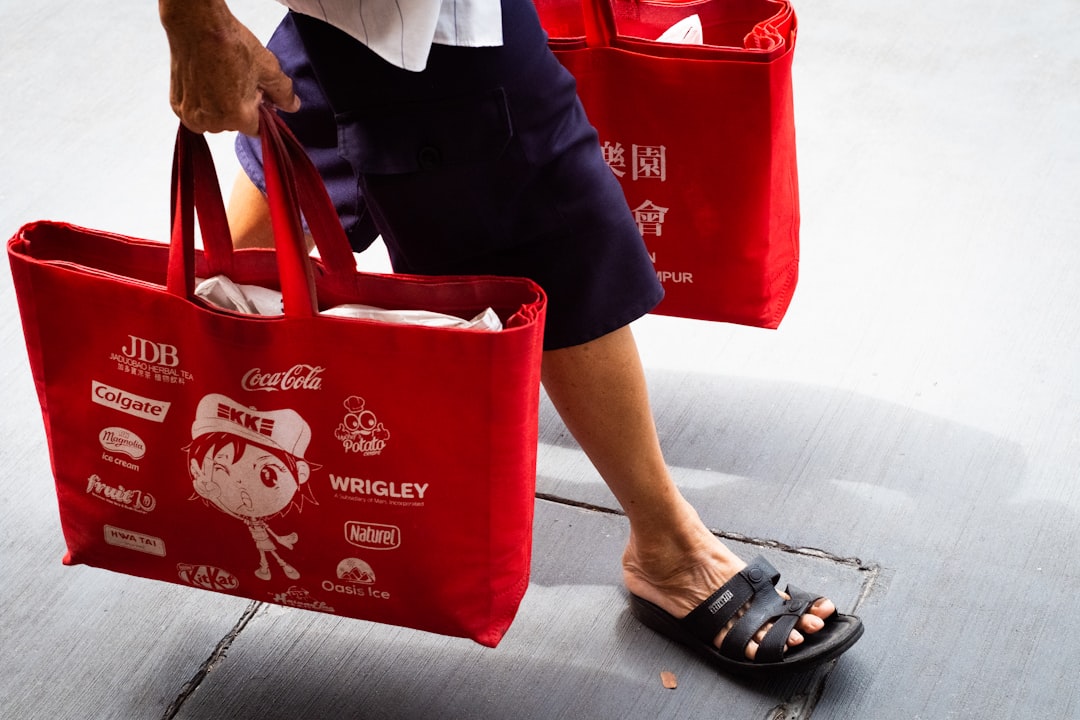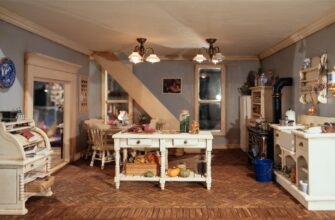
Diecast toys come in a wide variety, with the favourites being cars and trucks, aircraft, military vehicles, farm equipment and trains. The technique was the main method used to produce model toys from the 1920s into the 1930s, and relatively low quality models of this type were bought for cheap toys by American children during the Depression years. The vast majority of diecast toys made their way to the European markets from the US, especially manufacturers who adapted the technique from the US.
Most of the major figures and toys that we know today were first introduced to the public in the 1950s and later onwards, and a huge array of specialty diecast toys began to flood the supermarkets by the 1970s. This sudden explosion in the availability of these toys was due to a number of factors, including the invention of the hot metal diecasting process and the institutions that required them, such as the Good Manufacturing Companies and the catalyst that was the highly successful World Fair.
In the early 1980s, just as toys were becoming smaller and smaller and more specialized, someone came up with the idea of using plastic to make models of toys. This was an amazing innovation, as plastic, rather than metal, was becoming an important raw material in toy manufacturing. Even though the raw material was still needed, the finished model was itself only a small fraction of the size of a metal model, and this translated into huge savings of production costs.
moulding becomes very expensive
The huge cost of large mouldings, such as those used for buying cars and boats, meant that large amounts of plastic mouldings had to be manufactured on a continuing basis. Costs that were associated with this enlarged moulding capacity were continually increasing. Even though moulding costs were bringing these costs down, the process itself was becoming more and more expensive, as the use of a computer to perform the molding process had been established. And so this process increased the mass production of these toys, to the point where huge aerospace companies were producing model aircraft and missiles on a grand scale.
Modern Diecast Toys
With the cost of moulding staying largely the same or even increasing, the prices of plastic models began to decrease. This was brought about in large part by the ongoing popularity of the Transformers, a worldwide phenomenon that has seen the originals increase in sales and fame. The use of plastic mouldings had been expanded to allow for the creation of individual figures and vehicles, that had the required detail.
Large scale models became available to the public in the mid 1980s, and a new style of plastic model was developed that could withstand the more rigorous applications to which they would be put. These ‘plastic model aircraft’ were generally very robust, but only good for use as outdoor decals or models for games. Military aircraft, on the other hand, were the mainstay of flight model kits.
Over the next few years, the plastic model aircraft industry continued to grow, whilst enthusiasts continued to demand larger and larger designs. The available aircraft shapes continued toredibly grow, giving the consumer more and more choice. It was in this atmosphere that a new explosion of toys appeared on the market.
Plastic model manufacture finds its greatest commercial advantage in the world of interiors. For example, car enthusiasts are now able to fill their garages with scale model replicas of virtually every car in the world. Not only this, with the growing popularity of the Internet, many enthusiasts are able to source their model aircraft and car kits faster than ever before. Tactical scales, in particular, enjoyed a huge increase in sales over the last decade or so, as individuals became aware that they could not rely onManufacturers to provide a quality service and beautiful cars and planes to match their scale models.
In the early 1980s, the plastic model aircraft industry was primarily concerned with producing scale models of helicopters and marine vehicles. Today, however, this industry has branched out into civil aircraft, armed forces vehicles, civilian vehicles, and one hell of a lot more. The aircraft enthusiasts are now able to have not only survived the economic turmoil of the 80s, but also branched out into a whole new entertainment product area.
Not only has the plastic model aircraft industry grown into millions and millions of dollar business, but they have also branched out into non- Divergent territory. Today, they have ships, boats, and airplanes to suit every need, and every skill set.








